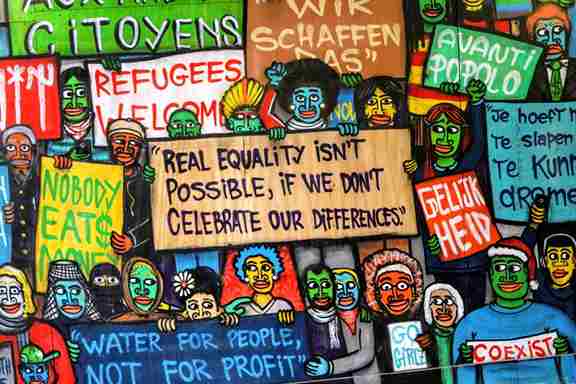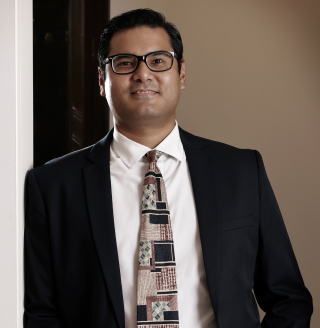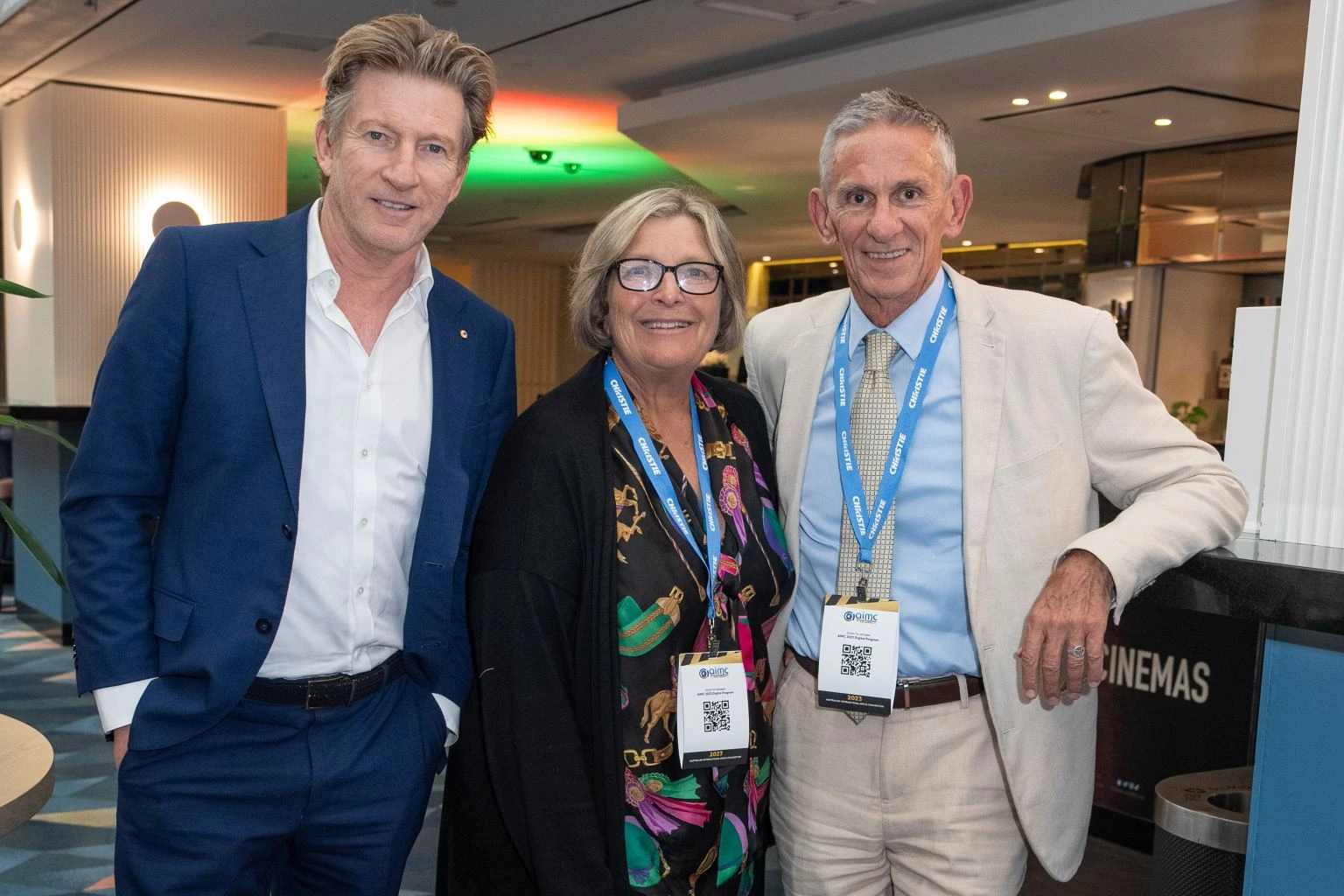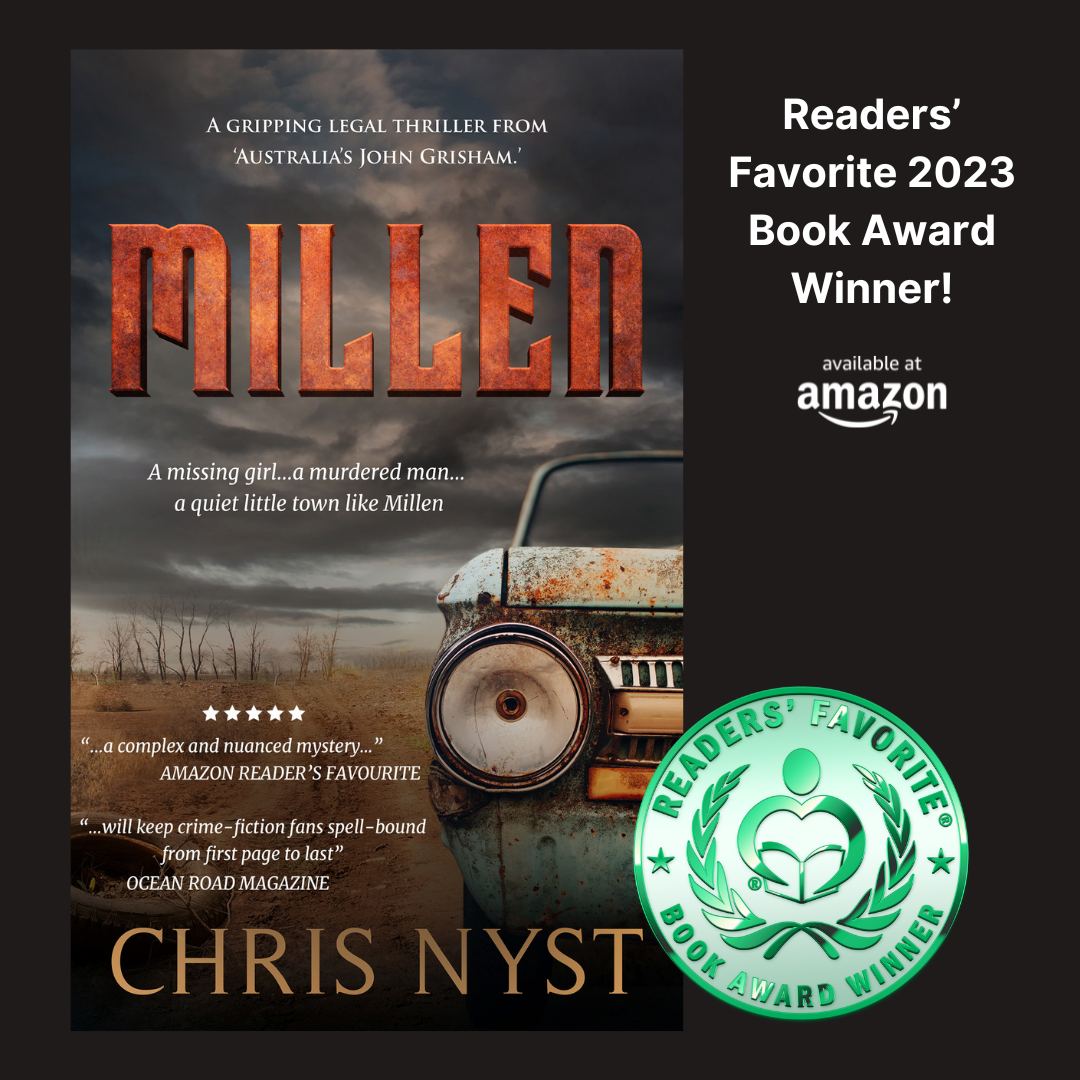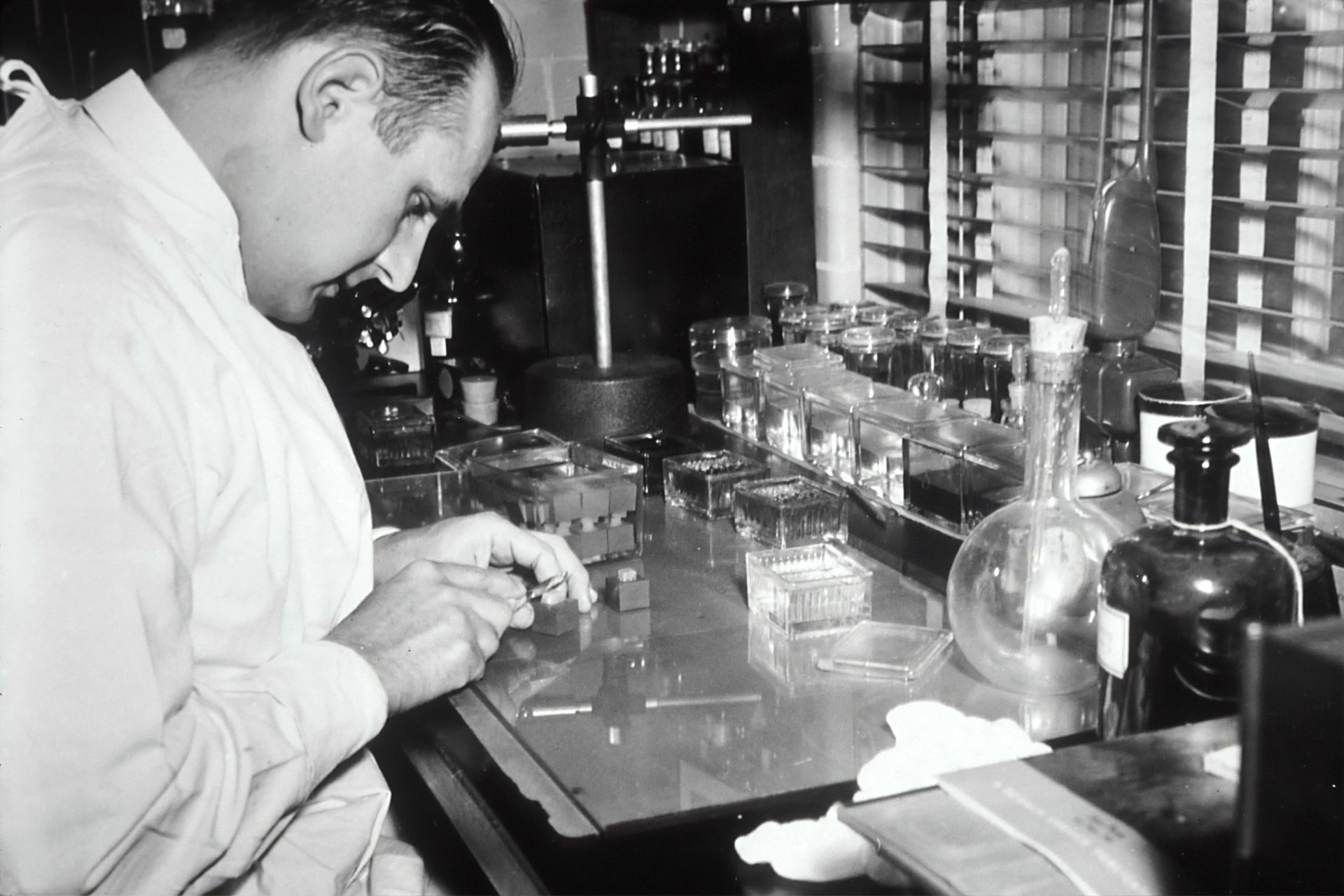Migration continues to feature as a red hot topic for debate on the Australian political landscape, particularly in the context of the looming Federal election.
Recent changes to our migration and visa rules have seen the capping of permanent migration at 160,000 for the next 4 years, a reduction of 30,000 intakes from the previous quota, which doubtless has been seen by some as feeding directly into emotive debate concerning asylum-seekers. But in truth the migration cap won’t affect the intake of refugees for resettlement in Australia. The government has already allocated 18,750 places in 2018-19 to the Refugee and Humanitarian Program, and those numbers are not included in the permanent migration quota.
Photo by Matteo Paganelli, Unsplash
To properly understand the issue, one needs to be clear on the terminology. Refugees are those who have fled their own country to escape a threat of persecution or death in their own country. Asylum seekers are those who claim to be refugees. Like refugees, they purport to seek asylum from persecution and violation of their human rights in their own country, but as yet that status is yet to be assessed and determined. Migrants, on the other hand, have chosen to leave the country of origin for reasons which, in most cases, are unrelated to fear or threat of any kind. Most migrants simply come to Australia in search of a better life – for improved living standards, better job opportunities, or just to advance their education. Importantly, when they come here they continue to be protected by the government of their own country, whereas refugees and asylum seekers do not.
Australia is a nation built on immigration, going at least as far back as 1788, and when the true facts are carefully weighed and considered, they make for a strong argument that immigration is a very positive contributor to our economy, and continues to feed our national prosperity. Obviously, the influx of migrants will inevitably result in a hike in the national population and a corresponding pressure on infrastructure, particularly in the big cities, and many argue the increase causes reduced employment opportunity for locals competing with newcomers for available jobs. But the other side of that coin is an increase in the supply of labour and skills, and a bolstered demand for goods and services. In its 2018 report entitled “Shaping a Nation”, Treasury and the Department of Home Affairs found that migrants generally have a positive impact on the economy of Australia, particularly because the majority of them are of working age, and bring skills that boost the national workforce. The report notes that the 2014-15 cohort of Australia’s migration, humanitarian and 457 skilled visa programs is projected to contribute a net fiscal benefit of around $9.7 billion to the Australian economy over the next 50 years, after the cost of resettling and supporting them on first arrival is fully factored in.
There will always be teething pains – cultural, religious and otherwise – but hopefully the Government’s recent proposal to introduce new skilled-worker visas will assist in alleviating some immediate concerns around perceived overpopulation in cities. The new-skilled worker visa will have a condition which requires its recipient to initially reside in the regions for at least 3 years (in contrast to the 2 years period for previous intakes), and if the condition is breached (by relocating to cities) the holder will become ineligible for permanent residency and risk immediate deportation.
Of course I have to admit, I’m biased. But being a hard-working migrant myself, I fervently believe the impact of migration to this country has been far more positive than negative. In making their life here, contributing their skills, energy and effort to Australia’s workforce, paying their taxes, and consuming the goods and services available, new Australians continue the amazing economic and cultural growth of this wonderful nation. Like all things in life, getting the balance right is crucial. But let’s hope the new migration cap is the right practical measure to balance Australia’s future growth and economic prosperity.

